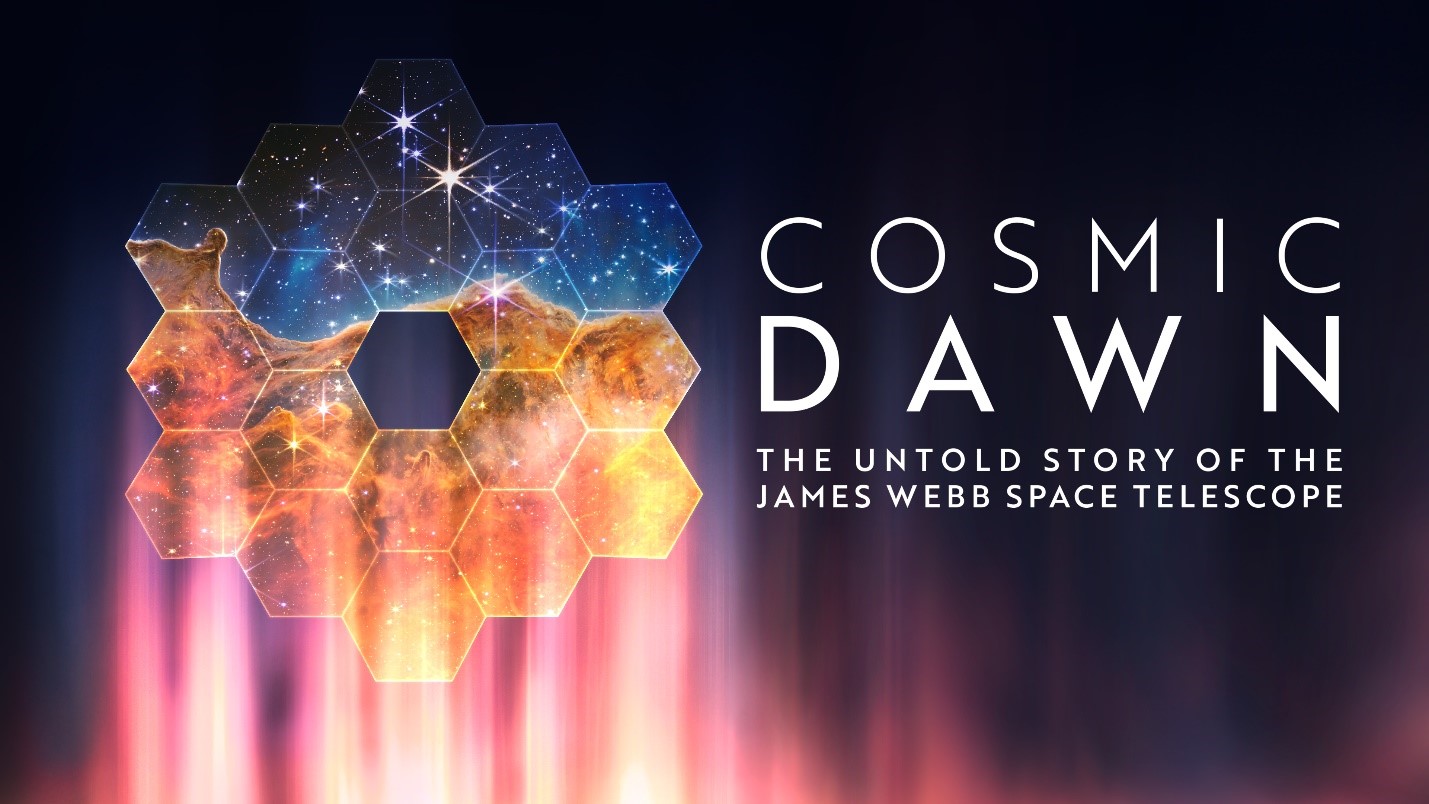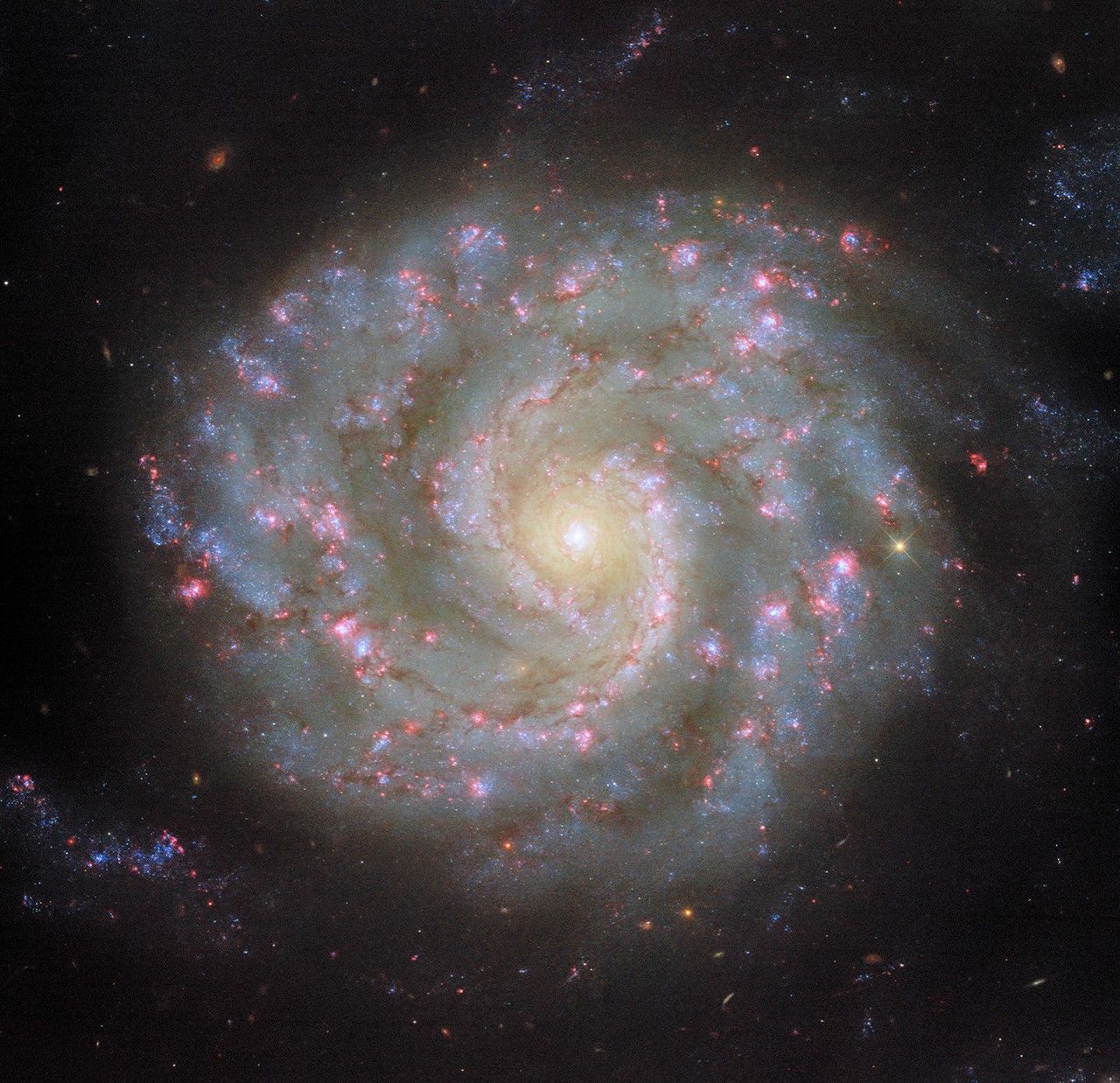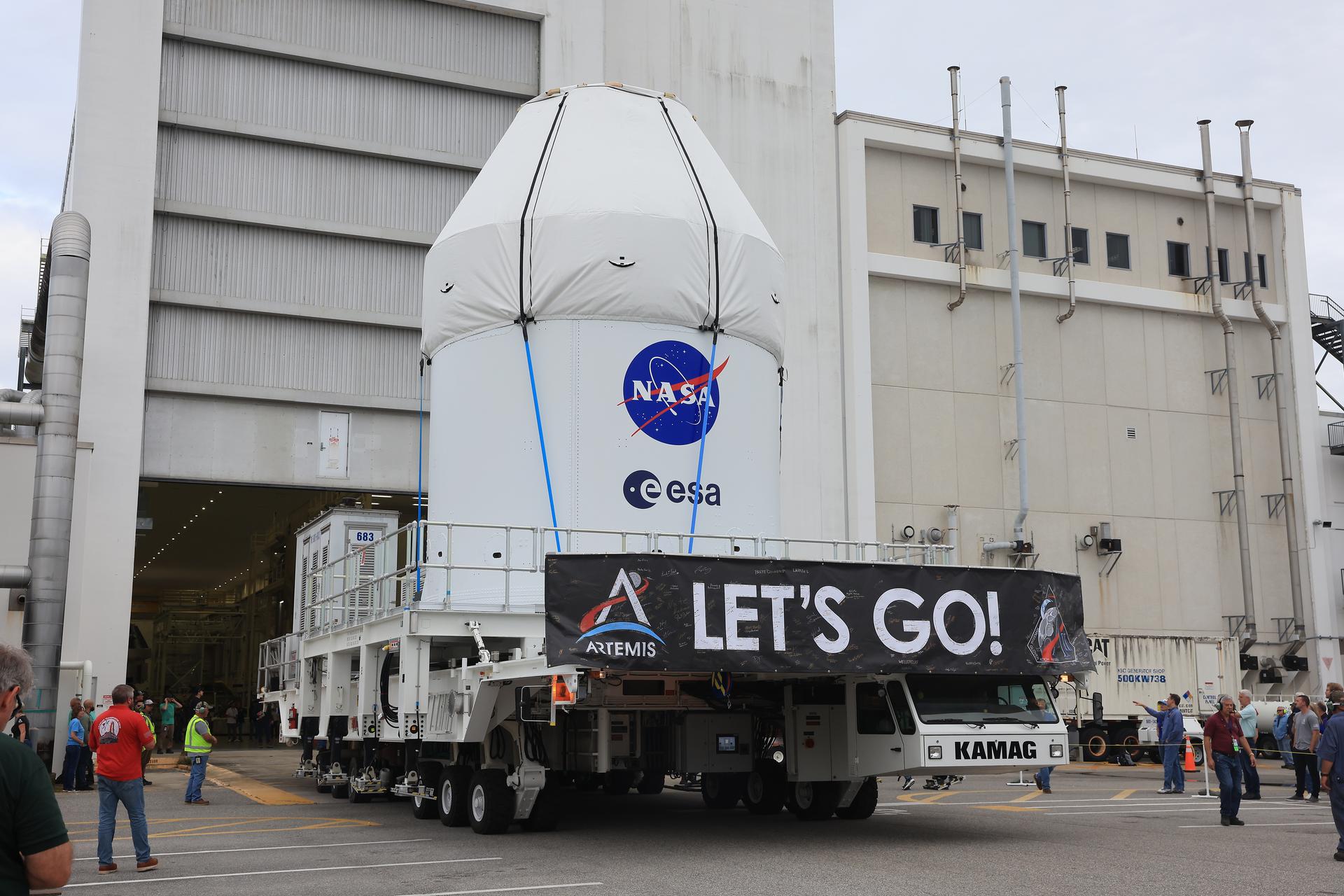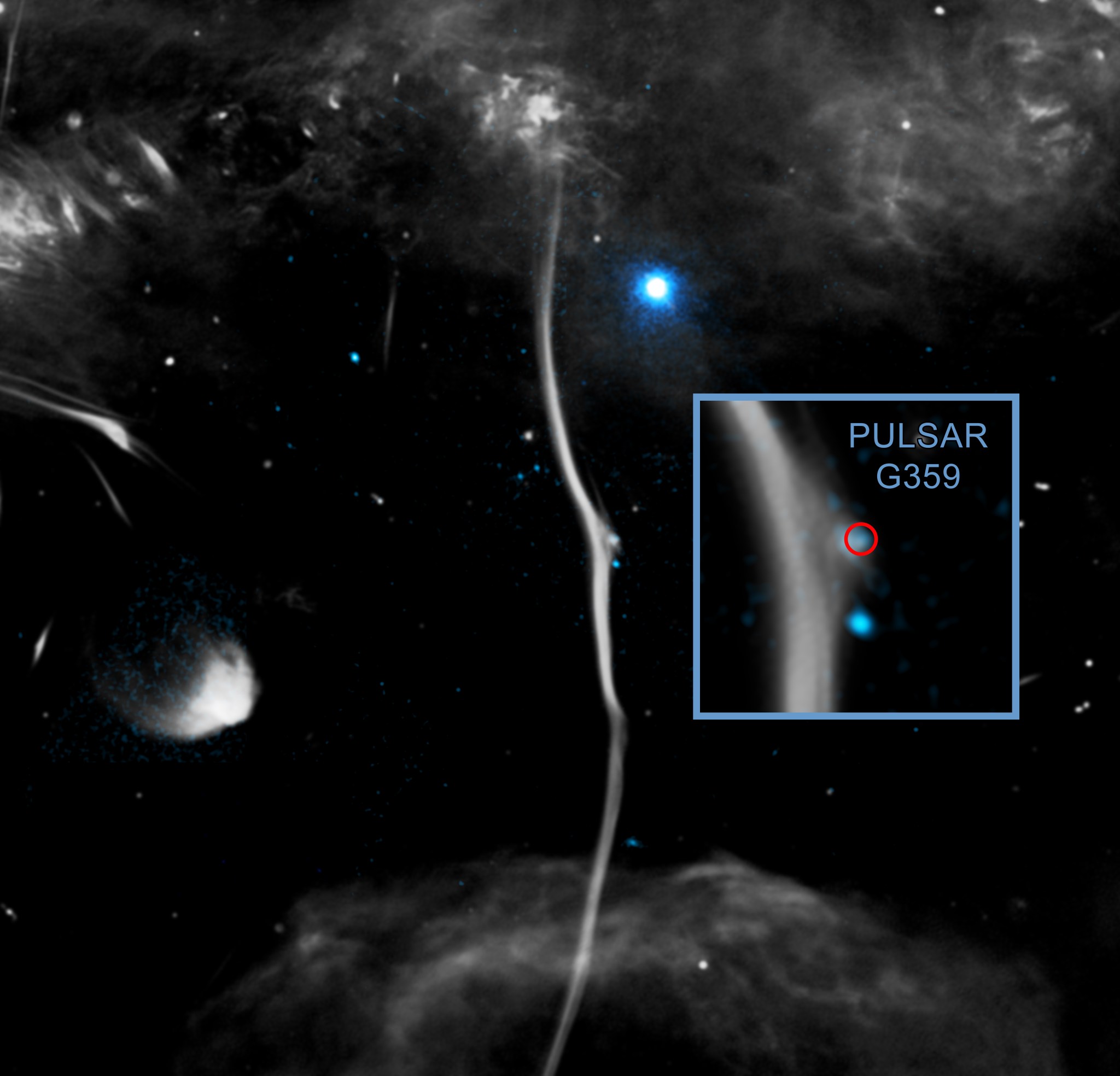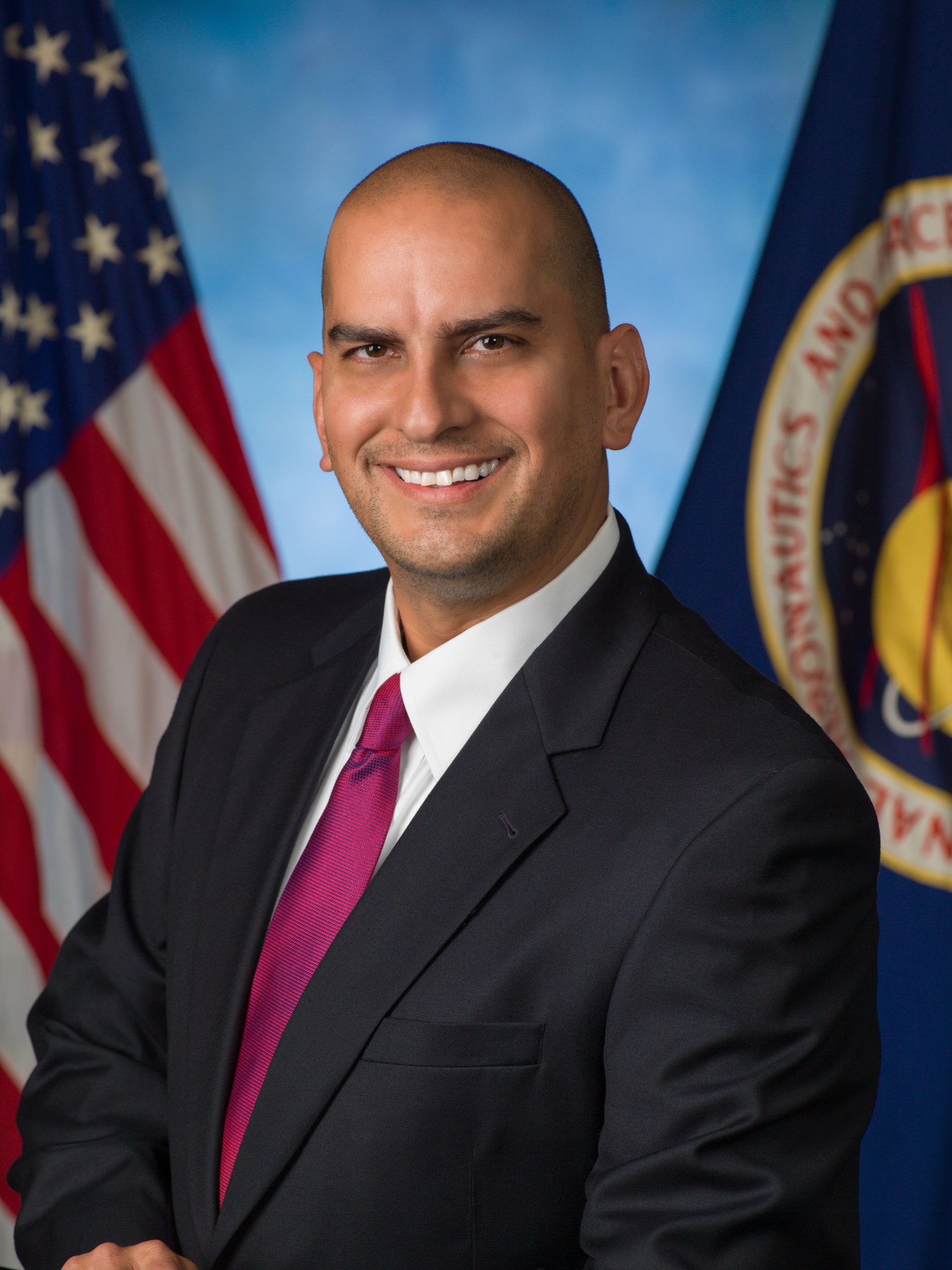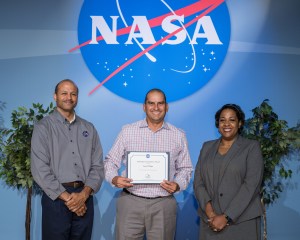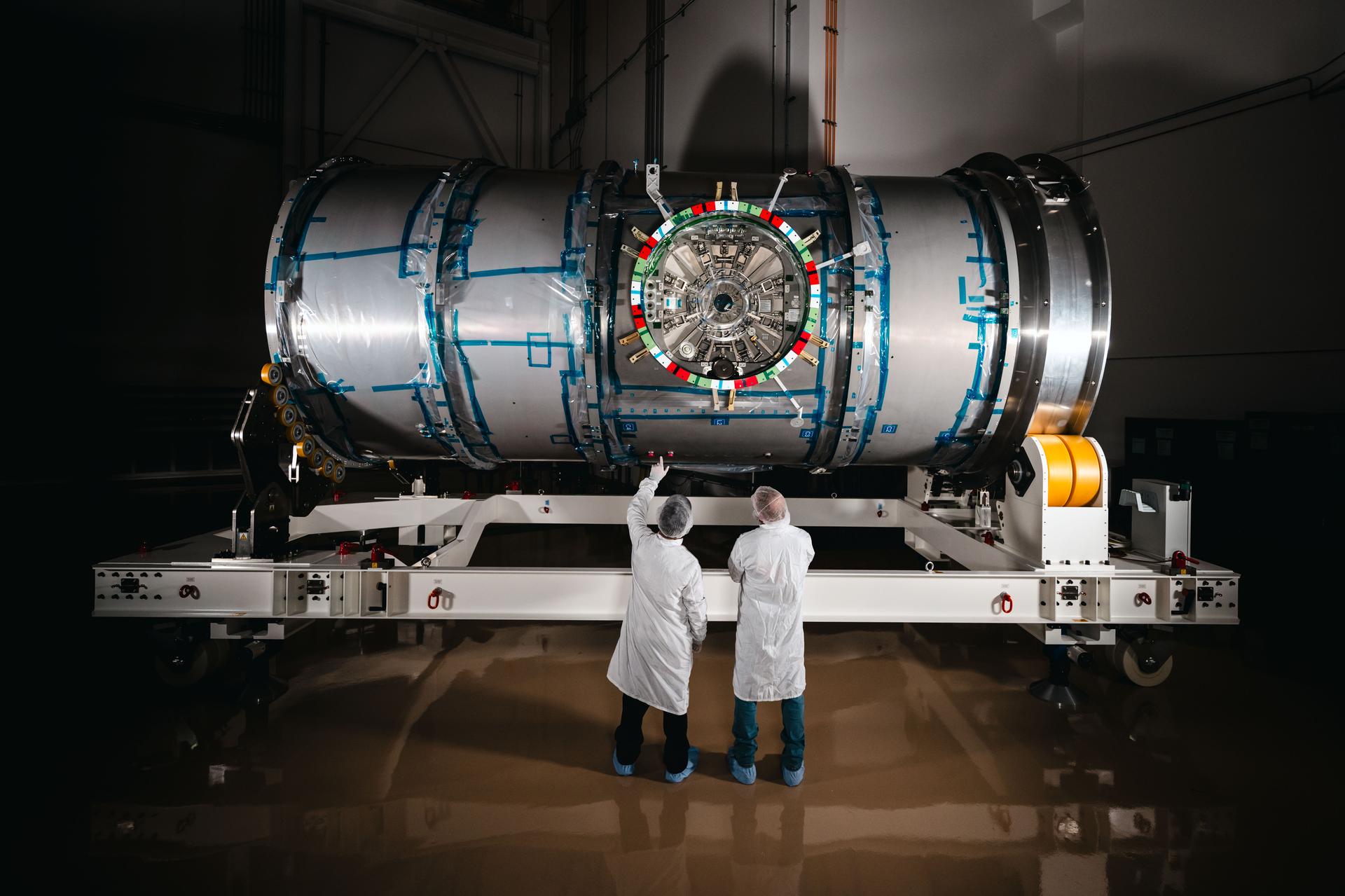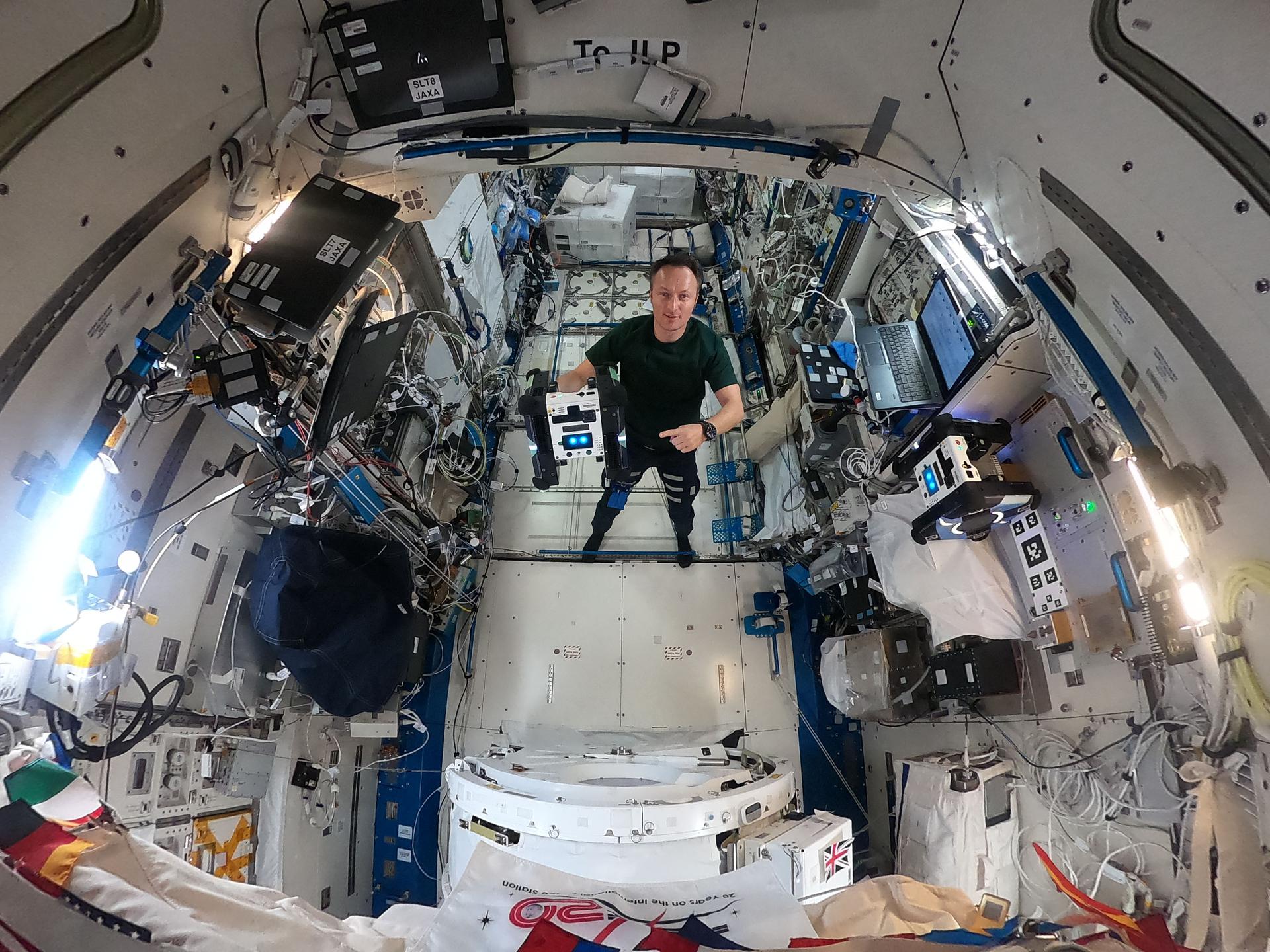Join NASA for a free screening of Cosmic Dawn, the incredible true story of the James Webb Space Telescope–humanity’s mission to unveil the early universe, against all odds. Cosmic Dawn is the incredible true story of the James Webb Space Telescope – humanity’s largest and most powerful space telescope – on a mission to unveil the early universe, against all odds. The 90-minute documentary brings viewers on an unprecedented journey through Webb’s delicate assembly, rigorous testing, and triumphant launch, showcasing the sheer complexity and breathtaking risks involved in creating a…
Read MoreTag: General
Top Prize Awarded in Lunar Autonomy Challenge to Virtually Map Moon’s Surface
NASA named Stanford University of California winner of the Lunar Autonomy Challenge, a six-month competition for U.S. college and university student teams to virtually map and explore using a digital twin of NASA’s In-Situ Resource Utilization Pilot Excavator (IPEx). The winning team successfully demonstrated the design and functionality of their autonomous agent, or software that performs specified actions without human intervention. Their agent autonomously navigated the IPEx digital twin in the virtual lunar environment, while accurately mapping the surface, correctly identifying obstacles, and effectively managing available power. Lunar simulation developed by…
Read MoreNASA Earns Two Emmy Nominations for 2024 Total Solar Eclipse Coverage
3 min read Preparations for Next Moonwalk Simulations Underway (and Underwater) NASA’s coverage of the April 8, 2024, total solar eclipse has earned two nominations for the 46th Annual News & Documentary Emmy Awards. The Academy of Television Arts & Sciences announced the nominations on May 1, recognizing NASA’s outstanding work in sharing this rare celestial event with audiences around the world. The winners are set to be unveiled at a ceremony in late June. “Total solar eclipses demonstrate the special connection between our Earth, Moon, and Sun by impacting…
Read MoreNASA Progresses Toward Crewed Moon Mission with Spacecraft, Rocket Milestones
Technicians move the Orion spacecraft for NASA’s Artemis II test flight out of the Neil A. Armstrong Operations and Checkout Building to the Multi-Payload Processing Facility at Kennedy Space Center in Florida on Saturday, May 3, 2025. NASA/Kim Shiflett Engineers, technicians, mission planners, and the four astronauts set to fly around the Moon next year on Artemis II, NASA’s first crewed Artemis mission, are rapidly progressing toward launch. At the agency’s Kennedy Space Center in Florida, teams are working around the clock to move into integration and final testing of…
Read MoreNASA’s Chandra Diagnoses Cause of Fracture in Galactic “Bone”
X-ray: NASA/CXC/Northwestern Univ./F. Yusef-Zadeh et al; Radio: NRF/SARAO/MeerKat; Image Processing: NASA/CXC/SAO/N. Wolk Astronomers have discovered a likely explanation for a fracture in a huge cosmic “bone” in the Milky Way galaxy, using NASA’s Chandra X-ray Observatory and radio telescopes. The bone appears to have been struck by a fast-moving, rapidly spinning neutron star, or pulsar. Neutron stars are the densest known stars and form from the collapse and explosion of massive stars. They often receive a powerful kick from these explosions, sending them away from the explosion’s location at high speeds. Enormous structures resembling bones or…
Read MoreIn the Starlight: Jason Phillips’ Unexpected Path to Johnson Procurement
Sometimes an unexpected turn in a carefully planned career path leads to surprising opportunities for growth and exciting new experiences. For Jason Phillips, that turn steered toward NASA’s Johnson Space Center in Houston. Official portrait of Jason Phillips. NASA/Bill Stafford Phillips joined the U.S. Air Force in 1994 and planned to serve for at least 20 years, but in 2010—while preparing for a third deployment after 14 years of service—he found himself facing a medical separation from the military. “In a very short amount of time I had to figure…
Read MoreHow Are We Made of Star Stuff? We Asked a NASA Expert: Episode 58
2 min read Preparations for Next Moonwalk Simulations Underway (and Underwater) How are we made of star stuff? Well, the important thing to understand about this question is that it’s not an analogy, it’s literally true. The elements in our bodies, the elements that make up our bones, the trees we see outside, the other planets in the solar system, other stars in the galaxy. These were all part of stars that existed well before our Sun and Earth and solar system were even formed. The universe existed for billions…
Read MoreLunar Space Station for NASA’s Artemis Campaign to Begin Final Outfitting
3 min read Preparations for Next Moonwalk Simulations Underway (and Underwater) Gateway’s HALO module at Northrop Grumman’s facility in Gilbert, Arizona, on April 4, 2025, shortly after its arrival from Thales Alenia Space in Turin, Italy. NASA/Josh Valcarcel NASA continues to mark progress on plans to work with commercial and international partners as part of the Gateway program. The primary structure of HALO (Habitation and Logistics Outpost) arrived at Northrop Grumman’s facility in Gilbert, Arizona, where it will undergo final outfitting and verification testing. HALO will provide Artemis astronauts with…
Read MoreNavigation Technology
4 Min Read Navigation Technology ESA astronaut Matthias Maurer sets up an Astrobee for the ReSWARM experiment. Credits: NASA Science in Space April 2025 Humans have always been explorers, venturing by land and sea into unknown and uncharted places on Earth and, more recently, in space. Early adventurers often navigated by the Sun and stars, creating maps that made it easier for others to follow. Today, travelers on Earth have sophisticated technology to guide them. Navigation in space, including for missions to explore the Moon and Mars, remains more of…
Read MoreNASA Wins Six Webby Awards, Six Webby People’s Voice Awards
2 min read Preparations for Next Moonwalk Simulations Underway (and Underwater) NASA was recognized today by the 29th Annual Webby Awards with six Webby Awards and six Webby People’s Voice Awards, the latter of which are awarded by the voting public. The Webbys honors excellence in eight major media types: websites and mobile sites; video and film; advertising, media and public relations; apps and software; social; podcasts; artificial intelligence, immersive and games; and creators. NASA has always been at the forefront of innovation, and that extends to our digital presence. These Webby Awards…
Read More